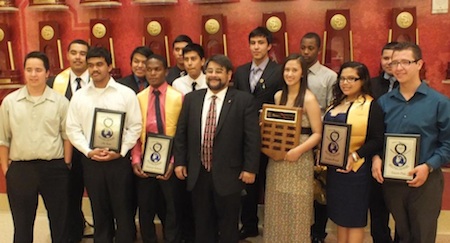by Jessica Kendall-Bar
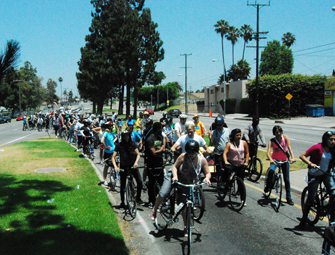 The South LA ride and festival organized by Shuntain Thomas of the Real Rydaz brought people from many different parts of Los Angeles to Vermont and Exposition to ride together on July 1. With support from other local bike clubs, including the East Side Riders and Los Ryderz, the Real Rydaz led this ten mile bike ride through South Los Angeles. They encourage being active and fighting obesity by biking in the local community. They raised awareness of the problem of child obesity by having the bike tour end with live performances from local artists, a raffle bike give-away, and presentations by health outreach services.
The South LA ride and festival organized by Shuntain Thomas of the Real Rydaz brought people from many different parts of Los Angeles to Vermont and Exposition to ride together on July 1. With support from other local bike clubs, including the East Side Riders and Los Ryderz, the Real Rydaz led this ten mile bike ride through South Los Angeles. They encourage being active and fighting obesity by biking in the local community. They raised awareness of the problem of child obesity by having the bike tour end with live performances from local artists, a raffle bike give-away, and presentations by health outreach services.
 Shuntain Thomas, the Real Rydaz, and We Are Responsible People (WARP) worked to create this event not only to spread awareness of the possible health problems related with inactivity, but also to encourage the creation of bike lanes and bike friendly city planning in South L.A. This year has given rise to many more bike lanes than in previous years, but safety concerns still exist. There are complicated intersections which make community members concerned that children or other bikers may be hit by trains and cars. The Real Rydaz surpassed many obstacles in acquiring the needed permits for the ride and put on an event which effectively brought people together to celebrate their community and what it has to offer.
Shuntain Thomas, the Real Rydaz, and We Are Responsible People (WARP) worked to create this event not only to spread awareness of the possible health problems related with inactivity, but also to encourage the creation of bike lanes and bike friendly city planning in South L.A. This year has given rise to many more bike lanes than in previous years, but safety concerns still exist. There are complicated intersections which make community members concerned that children or other bikers may be hit by trains and cars. The Real Rydaz surpassed many obstacles in acquiring the needed permits for the ride and put on an event which effectively brought people together to celebrate their community and what it has to offer.









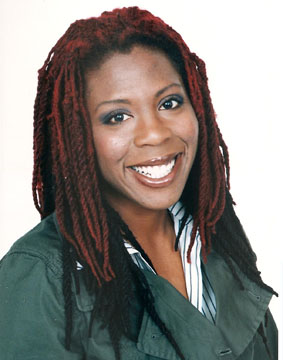
 I attended John C. Fremont High School in South Los Angeles, and I have been part of an organization called Community Coalition, which strives for change in South LA since my sophomore year in high school.
I attended John C. Fremont High School in South Los Angeles, and I have been part of an organization called Community Coalition, which strives for change in South LA since my sophomore year in high school.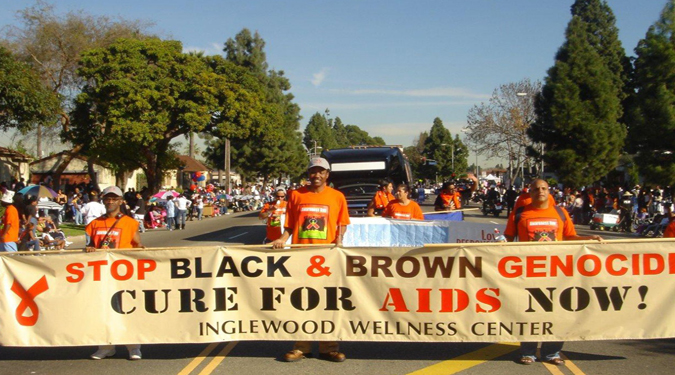
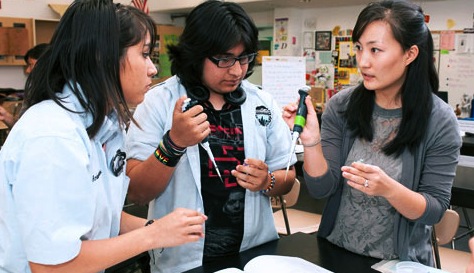 Since 2007, Amgen has made a significant commitment to LA’s Promise schools in South Los Angeles. The partnership provides a first-rate education to students and creates an infrastructure that supports and breeds innovation.
Since 2007, Amgen has made a significant commitment to LA’s Promise schools in South Los Angeles. The partnership provides a first-rate education to students and creates an infrastructure that supports and breeds innovation.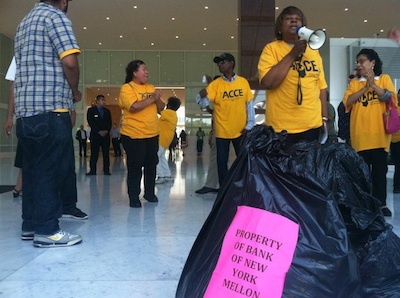 South LA residents determined to hold big banks accountable for cleaning up local communities, delivered trash from a vacant foreclosed home to BNY Mellon, one of LA’s largest holders of foreclosed properties. The action was held ahead of the LA City Council’s scheduled vote on amendments to improve enforcement of city’s blight ordinance.
South LA residents determined to hold big banks accountable for cleaning up local communities, delivered trash from a vacant foreclosed home to BNY Mellon, one of LA’s largest holders of foreclosed properties. The action was held ahead of the LA City Council’s scheduled vote on amendments to improve enforcement of city’s blight ordinance. 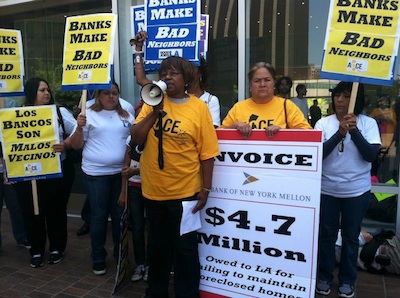 LA has a blight ordinance that allows the city to collect $1,000 a day from banks that do not maintain their foreclosed homes. To date, LA has failed to collect a single dime from banks violating the law – a lost opportunity to hold irresponsible banks accountable and collect money to rebuild our neighborhoods.
LA has a blight ordinance that allows the city to collect $1,000 a day from banks that do not maintain their foreclosed homes. To date, LA has failed to collect a single dime from banks violating the law – a lost opportunity to hold irresponsible banks accountable and collect money to rebuild our neighborhoods.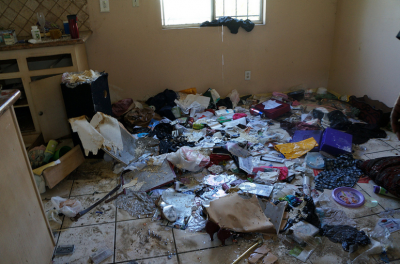 Activists collected trash from a home in dangerous disrepair on Wilmington Avenue in the Watts area and delivered three full bags to BNY Mellon’s lobby.
Activists collected trash from a home in dangerous disrepair on Wilmington Avenue in the Watts area and delivered three full bags to BNY Mellon’s lobby. 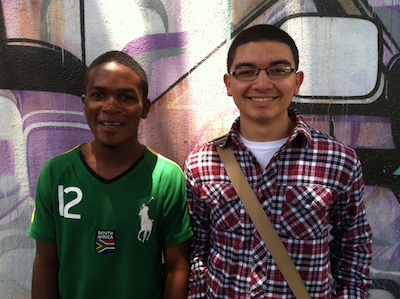 Manual Arts High School seniors, John Mendoza and Adedamola Tombrown have been awarded the prestigious Gates Millennium Scholarship. Both are the very first students from Manual Arts High School to ever receive this honor.
Manual Arts High School seniors, John Mendoza and Adedamola Tombrown have been awarded the prestigious Gates Millennium Scholarship. Both are the very first students from Manual Arts High School to ever receive this honor. 